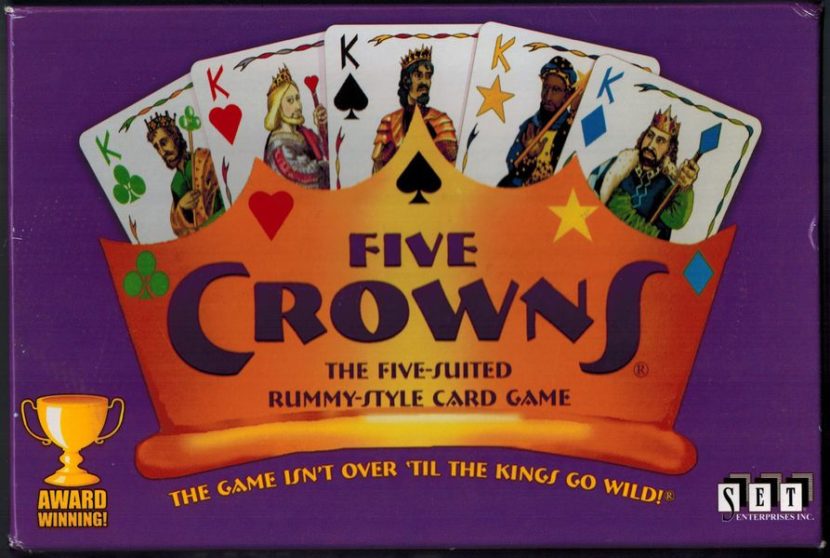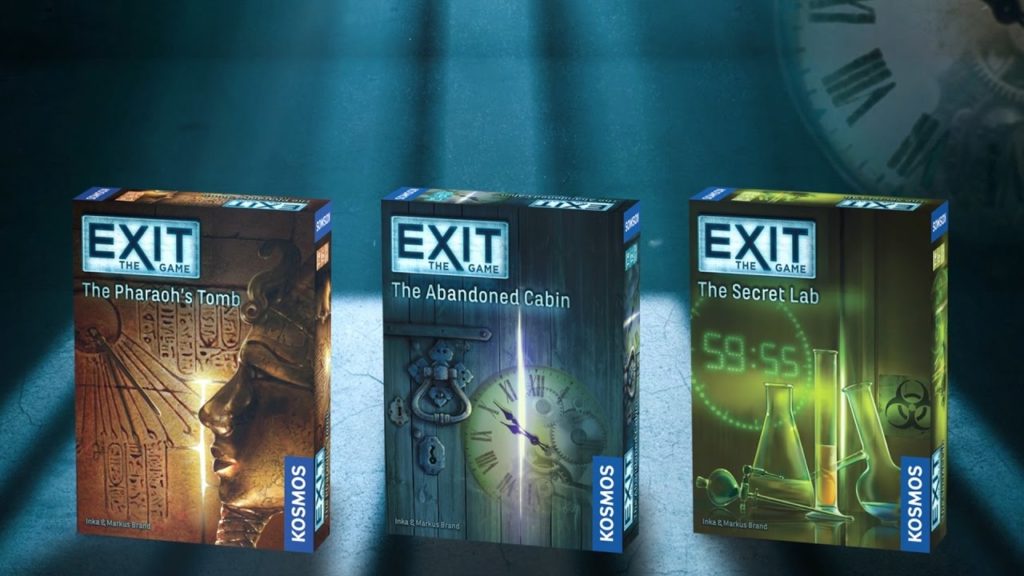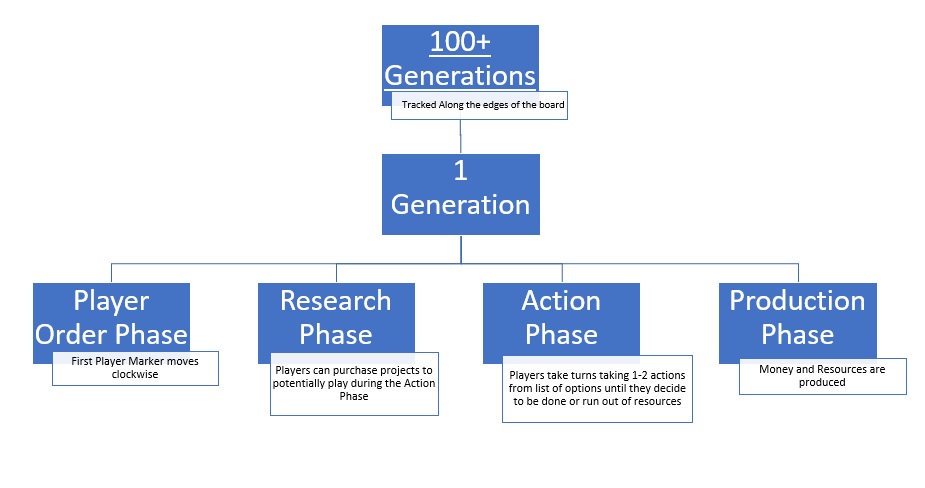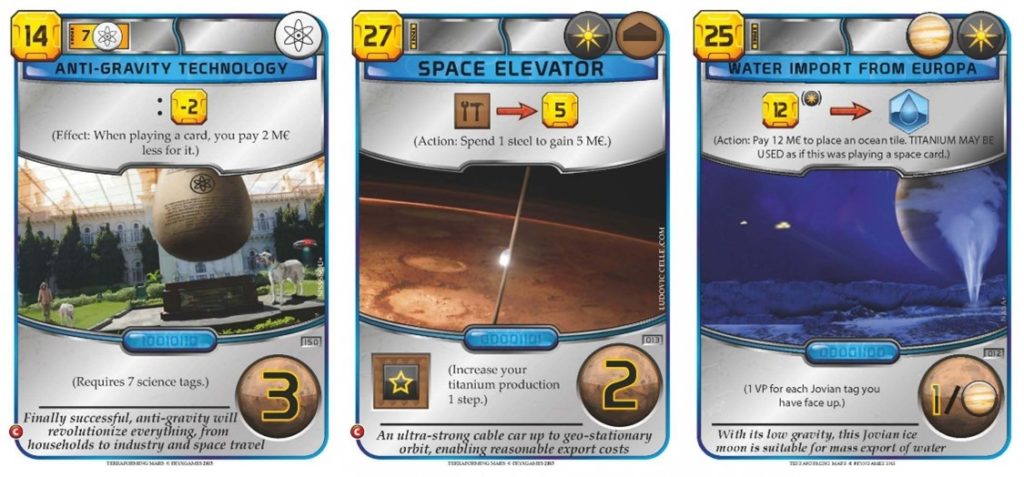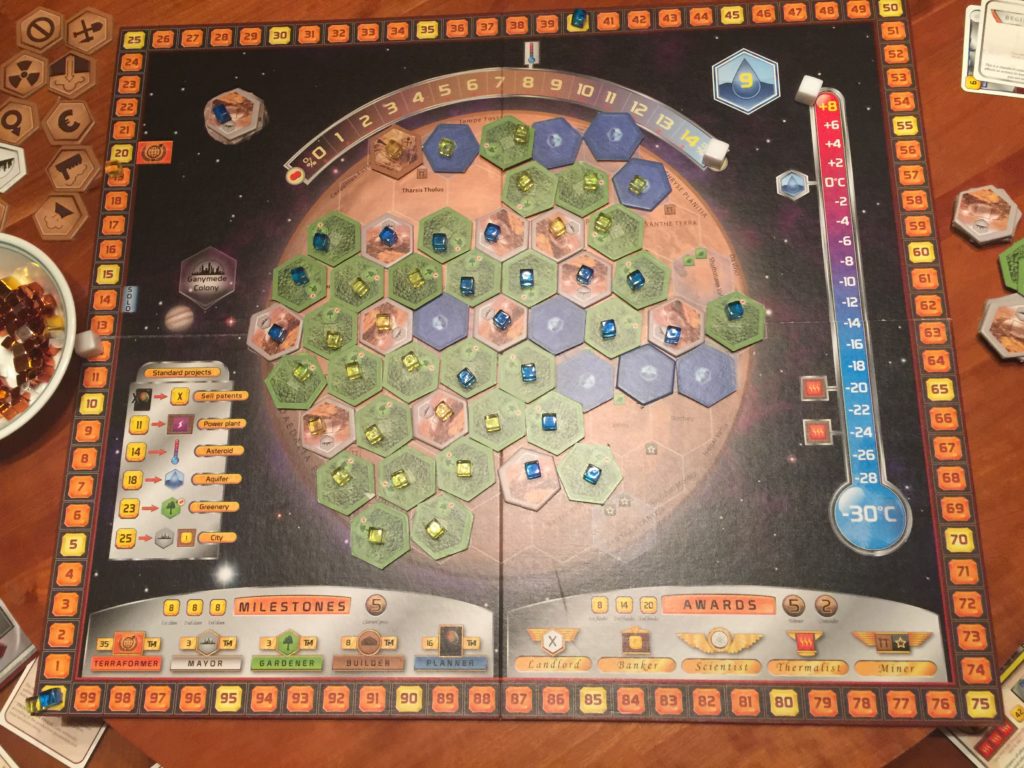Board Game Review: Five Crowns
Happy Monday to all! Can you believe that we are in NOVEMBER? I sure can’t. But with November comes Thanksgiving, Christmas/Hannukah, and New Years, so in my family that means the season of family games.
Need help on your board game?
Looking for more resources to help you on your board game design journey?
This year will look a lot different than prior years, which is no surprise to anyone. But I still want to share with you all one of my family’s “new” favorite card games. After all, memories don’t have to social distance!
As previously mentioned in my Growing Up With Board Games post, I grew up on card games. Gin, Rummikub, Cribbage, Spades, Uno – all awesome classics. Well, one of my biggest gamer-influencers influenced me again in my 20’s by showing me Five Crowns. And if you’ve been following along with this guest series, then you probably guessed who it was – my grandma.
My Introduction to Five Crowns
About 7 or 8 years ago I was visiting Grandma up in the DC area and she suggested we play this card game called Five Crowns. I will go into more detail later as to how to play, but basically, it is a card game like Rummy but with a rotating wild card. I am good at Rummikub and I like card games. At the time I was a cocky 23-year-old, so I was thinking that I was about to school that old crone at her own game.
First few rounds go by, all is good. Then we’re on, say the 5th or 6th round, and she starts being all “what’s the wild card again?” as she peers under her eyeglasses, clutching a tissue in one hand. She makes a few misses here and there. “Aww, sweet Grandma, she’s not used to playing a youngin like me.”
She was lulling me into a false sense of security is what she was doing. Because yup, you guessed it. She clobbered me.
Absolutely clobbered me.
Never play Grandma in Five Crowns.
Fast forward a few months and Grandma comes to visit and brings along her cutesy little deck with her and says excitedly to my dad, “Oh! We should play this fun new game your sister and I have been playing!” I warn my family that the game is not as easy as it is cute. Did they listen? Of course not.
My whole family gathers round the kitchen table and we play a few practice rounds. Based on the gleams in my dad and brothers’ eyes, they were ready for the real game to begin and take down Grandma. So we start up a fresh new game. Grandma starts pulling all the same tricks she did with me. She pretended she didn’t know where her glasses were. She acted like she forgot what the wildcard for the round was. Allll that same nonsense.
I warned them. I warned my family before the game and I warned them during the game. Do you think they listened?
She won.
Yup.
So anyways, all that to say that we now play Five Crowns at every single family gathering. If Grandma isn’t there, we are sharpening our skills. If Grandma is there, then it’s war.
How to Play
Objective
It’s just like golf in that the lowest score wins after all the rounds have been played. I guess a more appropriate reference would be Uno, but where’s the fun in that?
Video of Rules
Basics
There are the 4 traditional card suits, plus a 5th suit (Stars!). The game lasts a total of 11 rounds, where the first round is 3 cards, second round is 4 cards, and so on until you have 13 cards in your hands. Lastly, there is a rotating wild card (in addition to jokers) that changes every hand. On the first round with 3 cards, the number 3 is wild. On the round with 4 cards, the number 4 card is wild. When you have 11 cards, the Jack card is wild. Get it?
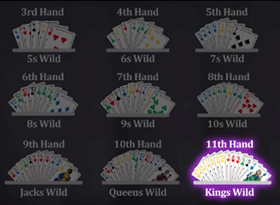
How a Round Plays
During the first round, deal 3 cards to each person playing. Place the deck in the middle and flip the top card over and lay it next to the stack. The person to the left of the dealer goes first and can either choose to take the flipped over card or take the top card from the deck.
After selecting a card, the player must decide to either keep that new card and discard one already in their hand, or they can just discard the newly drawn card.
That’s a really longwinded way of saying that if the round has 3 cards then the player must still only have 3 cards when they complete their turn. Then it is the next person’s turn! You continue playing until someone puts all the cards in their hands into some type of grouping. See the next section!
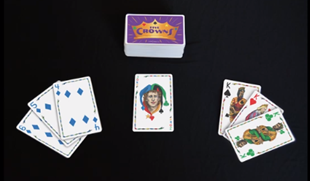
A Book or Group consists of multiples of the same card (five 3’s, three Kings, etc.). A sequence of numbers such as 4/5/6 is called a Run. You must have at least three cards in a Group or Run, but you can have far more.
How a Round Ends
How do you know if you want to take the discarded card or the top from the deck? You are wanting to get your cards into little groups (at least 3) of either the same number (suits don’t matter) or a run of sequential cards (same suit). Once you get all cards grouped up and you’re still able to discard a card, then you can lay all of your cards down.
Making sure you can still discard is a key part! Also, keep in mind that if the number of cards allows then you can have a mix and match. For example, the round with 6 cards – you can have both a group of the same number and a run, you just can’t have 1 card be split between the groups.
Once someone has laid the cards down, each person has 1 remaining turn to try and get their hands into as many little groups as possible. What’s nice is that the points scored against you are only the cards in your hand that are not able to be grouped. For instance, you had a group of Kings, and a 3/4/5 straight but you still have a random 9 and Queen; luckily, only the 9 and Q will count against your score because you were able to group everything else.
Scoring
It’s pretty simple! A card’s value is a card’s value. Meaning, a 9 is a 9, a Jack is 11, a King is 13. The only “fancy” ones would be Jokers (50 points!) and Wild Cards (20). Anything you are able to group and play has zero points since the “perfect game” would be a score of 0 by the end of the entire game. So in the example mentioned previously, if a person had a 9 and a Q, then their score would be 9 + 12 = 21! You could certainly have some fun with house rules on scoring to make things more interesting.
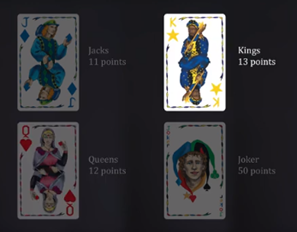
What I Love
First off, this is just a fantastic spin on Rummy. I absolutely LOVE the rotating wild card aspect.
The theme is simple but also carried through well.
The art is bright, ties beautifully with the theme, and has a pleasant amount of diversity in the face cards! Sure, there is always room for improvement, but considering this game has been out for a while it is a pleasant surprise to see more than just the typical white-washed figures.

As for what makes the game truly great is that not only can it still play well with 2 people (scales very well the more people playing) but the game really isn’t over “Until the Kings Go Wild” because this is a game practically designed for the comeback kid. There was one game where I had zeroes the entire game until the Jack round, and I got destroyed with a huge point-heavy hand. I ended up losing the entire game because of 1 round.
Lastly, the game can have great pace. Rummikub is supposed to be “fast paced” but in my house it never is. Five Crowns on the other hand? It actually is! The game is also a bit snappier than Phase 10 and plays better with smaller audiences than Skip-Bo.
(Wait a minute. There is a solo mode???)
What Could Be Improved
It is honestly kind of hard to find areas that need improvement in this game.
Constantly shuffling such a large deck can be a pain (since there is a 5th suit there are a LOT of cards), but in my family we just won’t shuffle until all the cards have been used, which adds a sort of card counting element to the game.
And it can be frustrating to play a fantastic game and then lose because of 1 single round. Luck is important to the game, which makes it that much more exciting.
Otherwise, all I can come up with are ways to enhance the current game experience:
From an art perspective, rereleasing the cards with different cultures would be beautiful and inclusive.
From an accessibility perspective, they already have symbols and numbers to resolve any color blindness challenges, so they could go one step further and release a braille set.
As for extras, it would be a nice for the game company to sell a branded card shuffler, and a card holder for kids, or even a tray to put the cards in to make it more travel friendly (such as playing on an airplane or in an RV).
So as you can see from the above, I had to really stretch to come up with ways to improve the game It has so many fantastic elements already considered!
Preferred Game Mechanics
- Great Art & Colors
- Tactile, but not needlessly fidgety
BoardGameGeek: 6 out of 10
Final Thoughts: The Kings Have Gone Wild
All in all, Five Crowns will always be a go-to-game for me to have on hand. It travels well, is easy to explain, and plays well with small groups and large groups alike. Plus, ANYONE can be the comeback kid.
I would highly recommend this game to anyone who enjoys card games or numbers. Oh, and if the card box is still too big for you, they just released a Travel-Sized version that is for shorter rounds and can fit in your pocket. I’m definitely asking Santa to leave that in my stocking this year!
Have you ever played Five Crowns? I’d love to hear if you have any “house rules”!
Board Games, Seen By a Non-Gamer is written by Maria Polcari, Brandon’s wife. The series is meant to both make you think about games in a different way, and to give Brandon a much needed break!
This is the fifth in a ???-part series!

